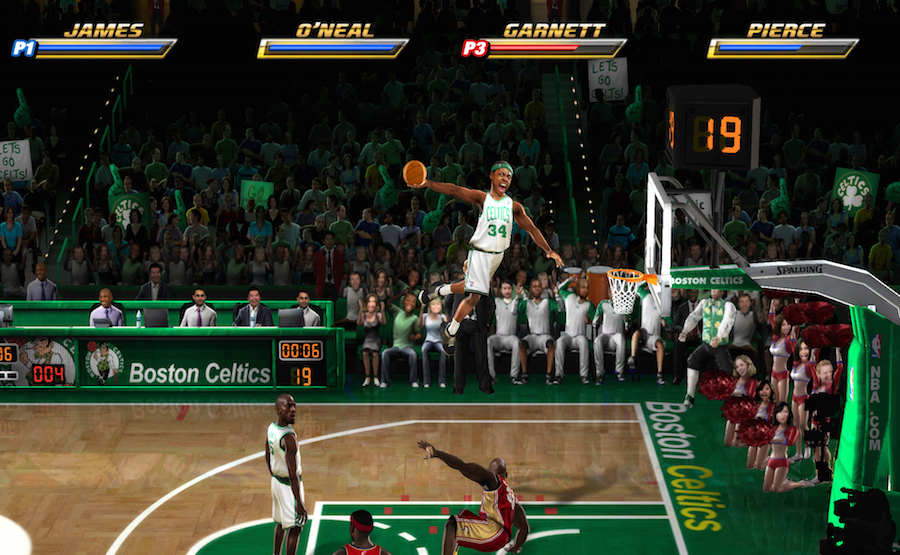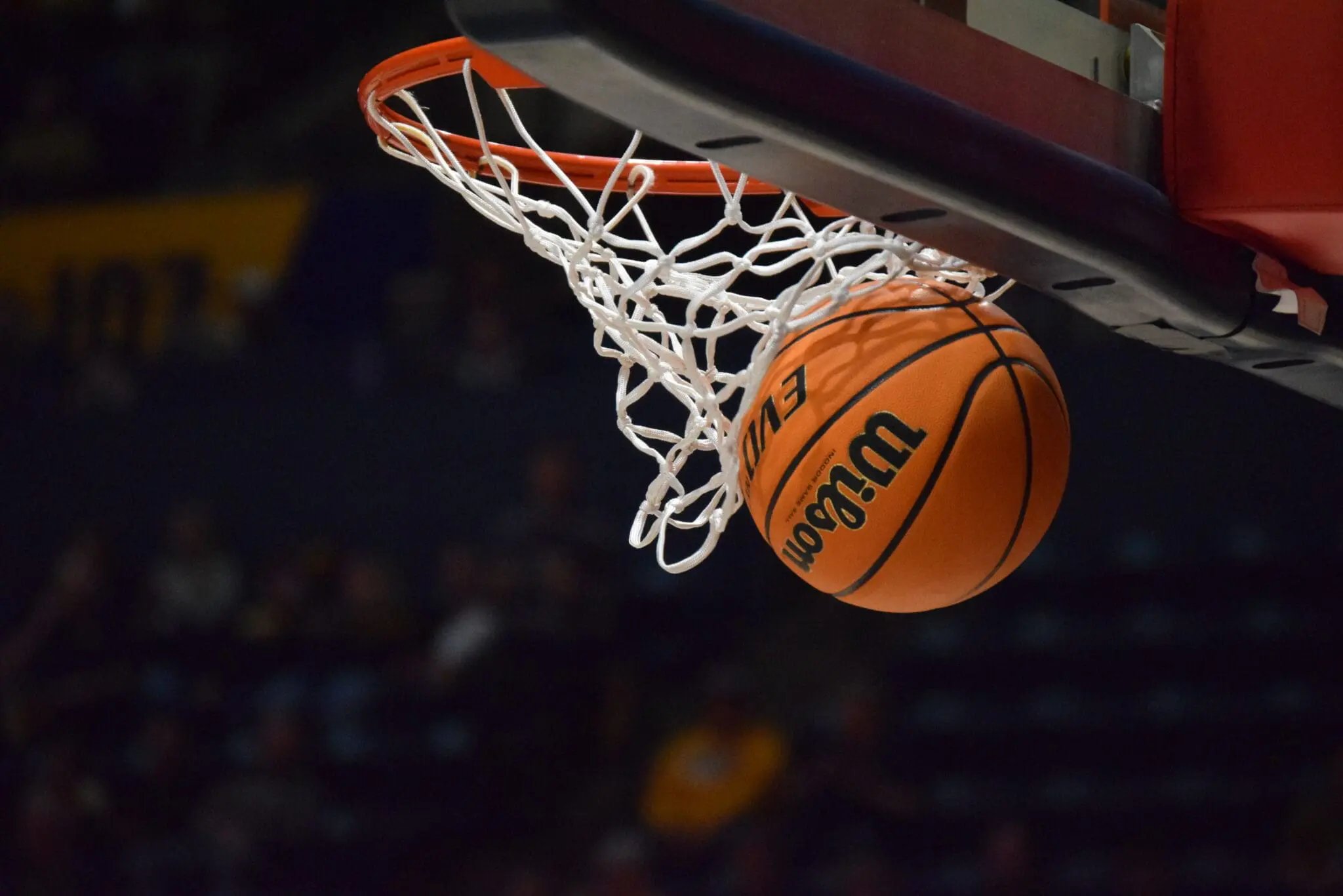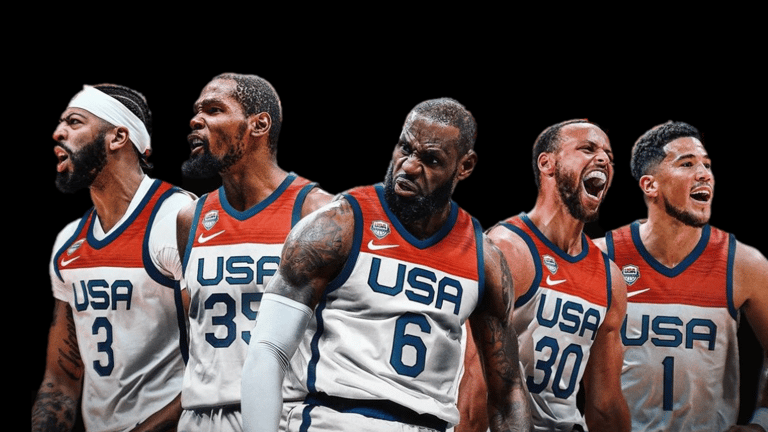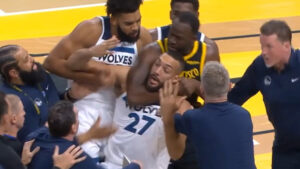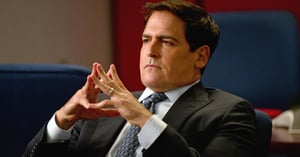Money, bright lights and location can’t buy you happiness (or wins) in today’s NBA.
The digital world has completely changed the NBA free agency landscape – and it’s never been more evident than in 2015.
Take the recent DeAndre Jordan saga – Jordan agreed to join the Dallas Mavericks from the LA Clippers only to be essentially held hostage in his Houston home by Clippers teammates and coaching staff, convincing him to do flip and turn his back on the Mavs and re-sign with the Clippers.
As Jordan wouldn’t answer his phone, Mavericks owner Mark Cuban was left driving around Houston aimlessly – pleading with Jordan’s family members to give up his address so he could break up the meeting.
Things took an even stranger turn when an emoji war broke out between Clippers and Mavericks players. Teammate Blake Griffin posted a photo from inside Jordan’s house with a chair blocking the door, signifying nobody being allowed in and clearly trolling the Mavericks organisation and their fans.
https://twitter.com/blakegriffin32/status/618960135050825729/photo/1
Apparently the meeting was brief, Jordan agreed to stay and they sat down and played cards while the Internet blew up around them.
Paul Pierce later summed up the debacle quite nicely, and appropriately, in clip art.

It was all fun and games for everyone except the Dallas Mavericks, who traded away two key assets in Tyson Chandler and Monta Ellis while letting go of Rajon Rondo to make room for Jordan and Wes Matthews from Portland. Within the space of 24 hours they had gone from making themselves a potential contender in the Western Conference to one with a 7-foot hole at Centre who may struggle to even challenge for a playoffs berth in what will be a tough Western Conference.
Apparently, this whole notion of a player changing their mind at the 11th hour isn’t actually that uncommon in NBA free agency. The only difference is, these days it’s right there for the world to see – in emoji.
As bizarre as this saga was, it isn’t even the best example of how the digital world is changing the NBA landscape. If you’re a Lakers or Knicks fan – you’ll know what I mean.
New York and Los Angeles have a few things in common – they’re both the NBA’s biggest media markets (by a significant margin), they’re both coming off their worst ever seasons in the league and they were both armed with ample cap space and a free agent class that included 10 All-Star caliber players.
Another thing the Knicks and Lakers have in common – they landed absolutely none of them.
As a Knicks fan, I was excited at the prospect of maybe seeing Marc Gasol, LaMarcus Aldridge, Jimmy Butler, Kevin Love or Paul Millsap strut their stuff at The Garden next season and see the franchise return to some credibility. It wasn’t to be, so now I’ll remain calm and wait a few years for Kristpas Porzingis to take the league by storm.
10-15 years ago, players would have been forming an orderly queue to play under the bright lights of New York or LA. Now, they are getting turned down by B-grade players for the glitz and glamour of Milwaukee, Wisconsin…
Put very simply, the lure of the big city is no longer the biggest factor on a player’s decision on where to play. Previously, the best players wanted to play in the biggest markets to increase their celebrity and endorsement opportunities and teams were required to build around those players via free agency. We’ve seen it with Shaq and Kobe in LA, KG and Ray Allen joining Paul Pierce at the Celtics and the ‘Big 3’ in Miami.
At this point, that’s where the success has stopped. New York tried and failed with Amare Stoudemire, Tyson Chandler and Carmelo Anthony and even worse still was the Lakers ‘Big 5’ of Kobe, Dwight Howard, Pau Gasol, Steve Nash and Metta World Peace that was abaonded after one season.
On the other hand, the San Antonio Spurs have been the pinnacle of consistency over the past decade and a half – almost built entirely through smart drafting. And just when you thought the curtain might be closing on the golden era – they’ve gone and flipped the league on its head, but more on that later.
Current champions the Warriors have built their team predominantly through the draft and added smart free agents like Andrew Bogut, Andre Igoudala and Shaun Livingston to play specific roles and round out their team.
This isn’t to say that building teams through free agency is ‘finished’, far from it. It just means that now moreso than ever players, particularly the best players, will play anywhere if it is going to give them a better chance at a ring.
In fact, a case can very well be made that it might actually be advantageous in today’s NBA to play away from the cutthroat sports media, intense scrutiny and impatience of the big markets.
Between Facebook, Twitter, Instagram, blogs, podcasts, NBA TV and 24/7 sports channels, the avenues are there for player’s personal brands to take care of themselves. They get a long offseason where they have the financial freedom to literally go wherever they want – so it’s not as if a player is chained to the Twin Cities of Minnesota for the entirety of their career if that’s where they play ball. Hell – John Wall, James Harden and Russell Westbrook were all at Kanye’s birthday celebrations despite there being no discernible connection between them other than ‘rappers wanting to be ball players and ball players wanting to be rappers’.
But I digress. What players cannot take care of themselves is being involved in a winning environment, with talented and complimentary players and with elite coaching staff and smart exec’s who make good trades and draft selections.
Anthony Davis, poised to take the league by storm if he hasn’t already, has just re-signed long term in New Orleans (30th biggest media market). Oklahoma City (28th) have Kevin Durant and Russell Westbrook – two of the biggest names in the NBA and when healthy put OKC well in contention. Marc Gasol, All-NBA 1st team Center, was a free agent but did not schedule a meeting with anyone – choosing to stay in Memphis (29th).
Kevin Love chose to stay in Cleveland (17th) and play a reduced role for his chance at a ring. Draymond Green did not schedule a meeting with anyone until he had spoken to the Warriors (6th) and was re-signed immediately. Jimmy Butler turned down the Lakers to resign with the Bulls (4th). Paul Millsap knocked back interest from the Knicks to remain in Atlanta(8th). Kawahi Leonard was never in doubt to re-sign in San Antonio (27th), while Danny Green knocked back big money elsewhere to stay as well.
Greg Monroe was considered a shoe-in all season to sign for New York, also receiving a monstrous offer from the Lakers but he turned both offers down to play for Jason Kidd and his exciting young core in Milwaukee – a team televised nationally only twice last year in an 82 game season – but have the potential to contend next season in a weaker Eastern Conference.
Could you imagine accepting a desk job in Milwaukee over one in New York City if the money was exactly the same? It is clearer than ever that the priorities of players has drastically changed, and this is as good for small market teams who have historically struggled to compete as it is for the league as a whole.
There is a stronger ‘win now’ mentality. History, market size or exposure do not mean nearly as much as an organization on the right path to contend. And if a player is able to contribute to that then the rest will take care of itself. Look at Matthew Dellavedova – he had the 14th highest selling jersey in the NBA for the period from April through to June. Put simply, that is quite literally insane.
LA and New York ended up with a few solid yet unspectacular pieces to place around their ageing centrepieces in Kobe and Melo, but not nearly enough to return them to any sort of playoff picture next season – cue the memes.
Knicks President Phil Jackson, even with his 11 championship rings on his resume, is struggling to rebuild the organisation – last offseason Steve Kerr, a student of his triangle offense, was poised to become head coach of the Knicks. Instead, he turned them down for a better proposition in the Golden State Warriors. They finished with the 3rd best regular season record in history and won a championship in his first year.
Perhaps my favourite part of the offseason was the work of the San Antonio Spurs. As aforementioned they sit at number 27 on the media market rankings, a statistic that surprised me mainly because the core of Tim Duncan, Manu Ginobli, Tony Parker and coach Gregg Popovich have never been out of the picture in my time following the NBA. They’ve now got a finals MVP and defensive player of the year in Kahwai Leonard with them too, who is already looking like another ‘Spur for life’.
And then San Antonio went and did the unthinkable; they added the biggest prize in this year’s free agency – LaMarcus Aldridge. Aldridge has been toiling away in Portland for the last nine years and has played second fiddle to ‘franchise saviours’ Brandon Roy, Greg Oden (both more or less retired from injury) and now Damian Lillard. He wanted to stay in Portland but at 30 years old and the situation not really improving (5 playoffs appearances but only one advancement), his patience has worn thin and ‘L-A’ has decided on a change of scenery.
The four time All-Star had a meeting with the Lakers, who tried to sell him on the organisation’s history and their market. Kobe was present, President Jeanie Buss was present, officials from the AEG Company that owns part of the team were present, representatives from the Time Warner Company that broadcasts the Lakers games were present – in total there were 8 people in the room. Turns out it was 6 too many – what the Lakers were selling was well off the mark from what Aldridge was requiring from a team.
He scheduled a meeting with New York, and then promptly cancelled after hearing they wanted him to learn and play a new position he wasn’t comfortable with.
Surprisingly he gave the Lakers one more shot, this time just meeting with the head coach and GM and actually talking about his fit for the team and their plans. He took his time but in the end declined them for a second time.
Alridge, at 30 years old, didn’t want to be part of a rebuilding process – he wanted to contribute right away.
Enter the Spurs. While NBA executives were scrambling on midnight of July 1 when free agency commenced – Gregg Popovich was asleep with his phone off.
“I’m not calling anyone at midnight. I’ll be in bed. And if that’s the difference in someone coming or not coming, then I don’t want them”.
That is an outstanding quote from the head coach of hands down the best run organisation in the NBA. With Popovich, you constantly get the impression he knows something everyone else doesn’t – and this was case in point. After some nifty salary cap juggling involving Tim Duncan taking a big pay cut, LaMarcus Aldridge joined the Spurs and they are now favourites to take out the West ahead of Golden State. Popovich you magnificent bastard, you.
The world is flat, wherever you are now you’re going to be under the spotlight. Some players crave it, some avoid it but the only difference now is there isn’t any hiding from it. With the salary cap about to boom over the next few years, it will be interesting to see if this trend remains. With even more cap space, teams at the bottom will continue to test the resolves of big name free agents but, as with the Knicks and the Lakers, there are never any guarantees that big names will translate to success when they arrive. Not if the blueprint isn’t already laid out.
Whether teams, players or fans like it, the digital world it is changing the face of professional sports and organisations will start having to completely rethink their recruiting strategies and get creative if they want to stay competitive.
